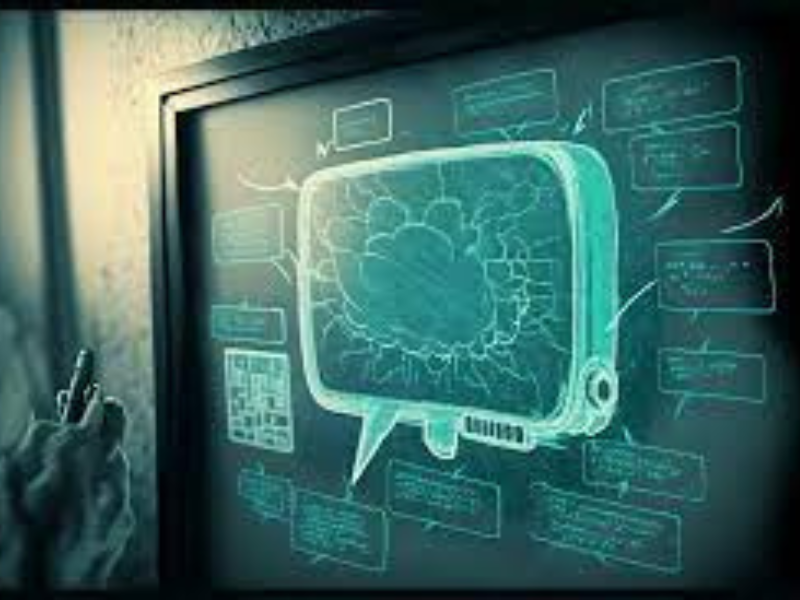Artificial intelligence (AI) has been changing the face of education for a while now, and with the advent of ChatGPT, its impact is only going to become more significant. ChatGPT is a large language model developed by OpenAI that can generate human-like responses to natural language prompts. It is capable of understanding context, and its responses can be tailored to specific topics, making it an ideal tool for education. Let’s explore how AI and ChatGPT are changing education.
One of the most significant advantages of AI and ChatGPT is their ability to personalize learning. With the help of machine learning algorithms, AI can analyze data and identify the strengths and weaknesses of each student. Based on this analysis, it can generate personalized content and recommendations, ensuring that every student is learning at their own pace. ChatGPT can provide tailored responses to individual queries, making the learning experience more engaging and personalized.
Another advantage of AI and ChatGPT is that they can help automate administrative tasks. From scheduling classes to grading papers, AI can take over many of the repetitive tasks that teachers and administrators have to deal with. This frees up time for teachers to focus on more important tasks, such as lesson planning and providing personalized feedback to students.
One area where AI and ChatGPT are particularly useful is in language learning. ChatGPT can help students practice their language skills by providing them with a conversational partner who is always available. ChatGPT can also analyze a student’s responses and provide feedback on grammar, syntax, and vocabulary, helping them improve their language skills more efficiently.
AI and ChatGPT are also making education more accessible. With online learning becoming increasingly popular, AI can help bridge the gap between traditional classroom learning and online learning. By providing personalized content and feedback, ChatGPT can help students learn just as effectively online as they would in a classroom.
However, as with any new technology, there are also some potential drawbacks to using AI and ChatGPT in education. For one, AI may not always be able to understand the nuances of human language and context, leading to misunderstandings or inaccurate responses. Additionally, AI may not always be able to provide the same level of emotional support and connection that a human teacher can.
In conclusion, AI and ChatGPT are changing the face of education in many ways. From personalized learning to automated administrative tasks, they are making education more efficient, accessible, and engaging. However, it is important to remember that AI should not replace human teachers entirely, but rather should be used as a tool to enhance the learning experience. By combining the strengths of AI with the expertise of human teachers, we can create a more effective and engaging education system that benefits all students.
Also Read: Elon Musk, Apple co-founder among others call for pausing giant AI experiments
